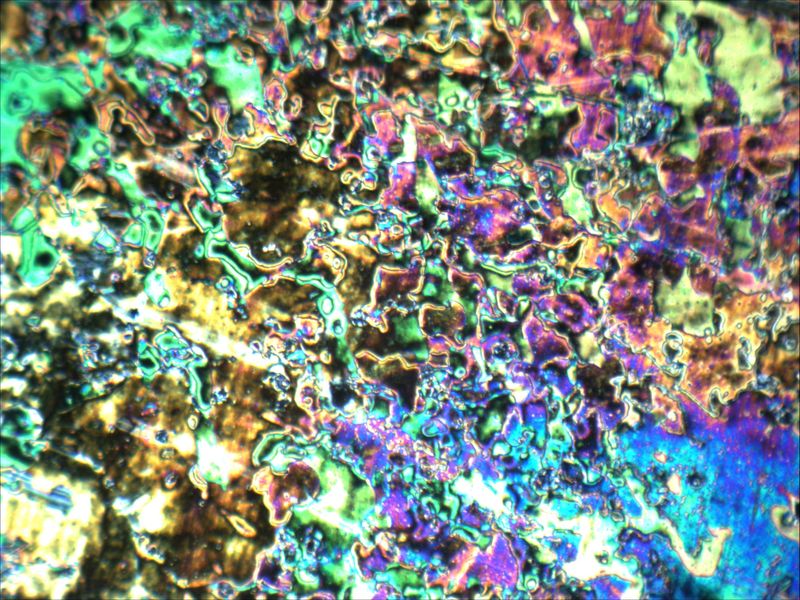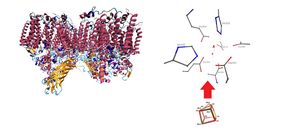Prof. Dr. Sandra Luber, SNSF Professor for theoretical and computational chemistry at the University of Zurich (Switzerland), investigated the structure and dynamics of the manganese-depleted photosystem II computationally in a large collaboration with three groups of UniSysCat, Prof. Dr. Holger Dobbek and Prof. Dr. Athina Zouni from Humboldt University Berlin and Prof. Dr. Holger Dau from Free University Berlin.
Based on the Clara Immerwahr Award for Luber in 2017, the authors have put together expertise in understanding the photosystem II (PSII) which has been of outstanding interest for researchers for decades. Especially its efficient water oxidation behavior has still not been completely understood.
Photosynthetic water oxidation is a model for future technologies employing solar energy to split water into hydrogen and oxygen. Natural water oxidation is carried out by a special manganese catalyst, the water-oxidizing complex (WOC) which is located in PSII of cyanobacteria, algae, and plants. Hence, there is great interest in the molecular structure as well as structural changes during catalytic activity and assembly/disassembly of the WOC.
In particular, the light-driven assembly during photosystem II repair under physiological conditions is poorly understood, and structural information about manganese depleted PSII (apo-PSII) is required as a starting point for improving this understanding.
The authors investigated the structure of apo-PSII computationally. Static and dynamic calculations have shown how many protons are likely to be in the cavity after the WOC was removed. Additionally, protonation patterns have been investigated which can stabilize the remaining cavity by localizing protons e.g. at terminal carboxylate groups. Ab-initio molecular dynamics simulations have furthermore suggested that not more than two water molecules fill the void left by manganese depletion. These findings pave the way for a better understanding of the reassembly of the water-oxidizing complex, which is of high interest for design of artificial WOCs featuring attractive reassembly and self-healing properties.
In a recent interview in ChemCatChem, Luber talks about possible future opportunities in her field: “There is still much to do with various possible directions for advancements: For example, there is a clear need for more accurate/faster electronic structure methods for improved description of complex systems. Novel spectroscopic methods and multi‐scale modelling for a better comparison to experimental data are required as well”. She also points out the need for dynamic calculations as well as inclusion of environmental effects. Besides that, approaches based on artificial intelligence offer new possibilities in various areas, such as speed‐up of computational methods, enhanced elucidation of reaction networks, and novel design approaches beyond traditional in silico design.
The full publication can be found here in open access: https://onlinelibrary.wiley.com/doi/10.1002/cctc.201900351



